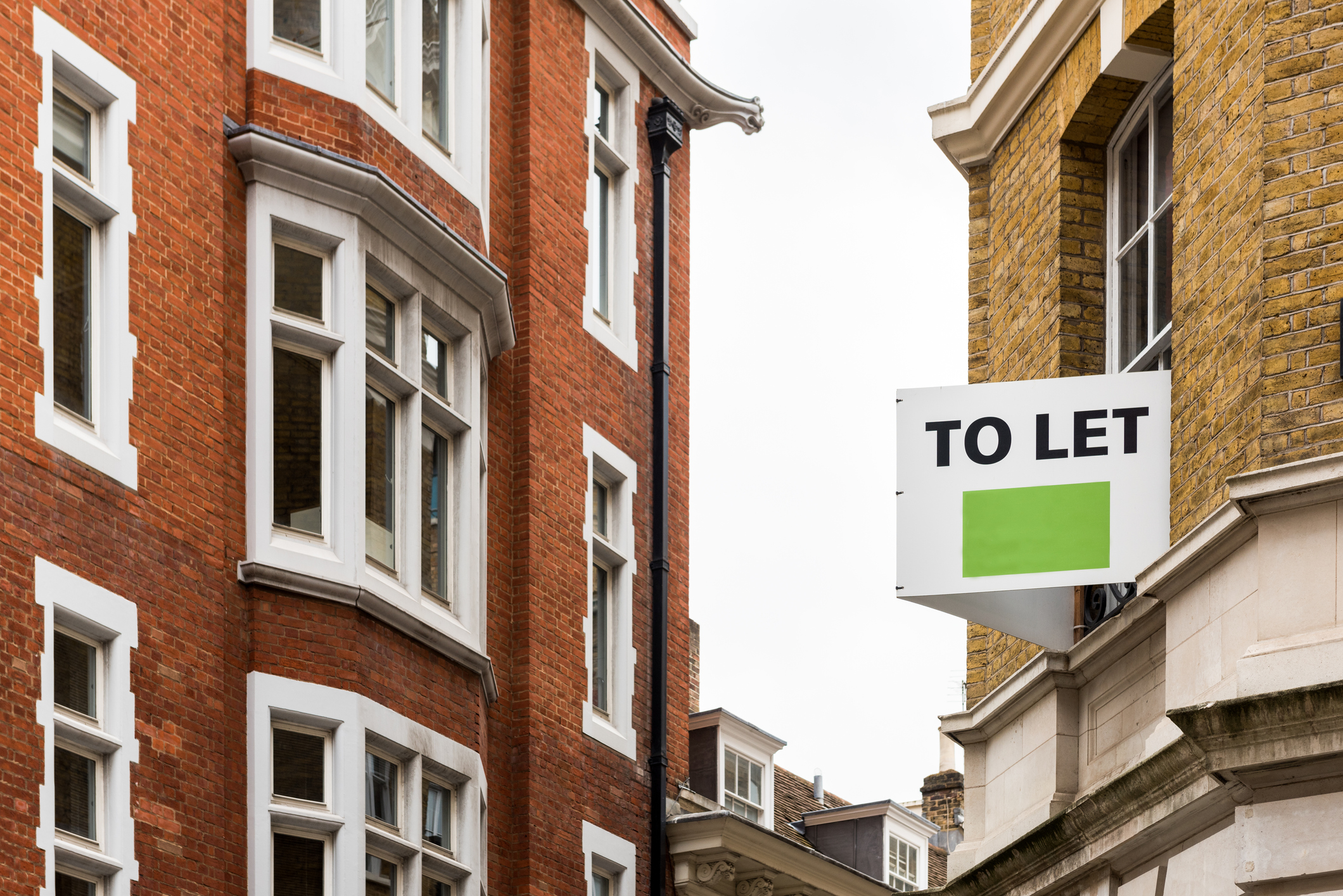Income investors beware: dividends are set for the chop
The rush of firms suspending payouts is a reminder why solid income portfolios need more than high yields.

Investors who rely on dividends for income will have been receiving bad news in the last couple of weeks. As companies struggle to conserve cash to see them through the coronavirus crisis, many have suspended future dividends. Some have even taken the drastic step of cancelling dividends that had already been declared.
Most significantly, banks such as Barclays, HSBC, Lloyds and RBS agreed this week to scrap around £15bn in dividends until at least the end of this year in order to preserve capital and bolster their ability to lend to struggling individuals and businesses. Financial stocks account for around 25% of the FTSE UK Equity Income index, while other major contributors include miners (15%) and oil and gas (8%), where payouts could be vulnerable as a result of drastic falls in commodity prices. Many steadier business will also be badly affected by the shutdown of the economy. So it seems certain that UK dividends will fall by far more than they did during the global financial crisis, when they were about 13% lower in both 2009 and 2010 than in 2008.
Three steps to manage your dividends
A crisis like this shows why building an income portfolio isn’t just about getting the highest yield every year – it’s crucial to think about how you can reduce the damage when yields get cut. Part of the answer is to include steadier firms – just because the index is heavily weighted in cyclical stocks, you don’t need to be. While few firms are entirely safe at a time like this, you’d expect payouts at utilities to hold up better. Profits at consumer staples and healthcare businesses are also likely to be less affected than most, although they may still take a more cautious approach to dividends than normal.
MoneyWeek
Subscribe to MoneyWeek today and get your first six magazine issues absolutely FREE

Sign up to Money Morning
Don't miss the latest investment and personal finances news, market analysis, plus money-saving tips with our free twice-daily newsletter
Don't miss the latest investment and personal finances news, market analysis, plus money-saving tips with our free twice-daily newsletter
Since the pound tends to weaken in a global crisis, holding international firms as well as UK ones can help. A weaker exchange rate will support the sterling value of dividends even if companies are also cutting payouts in local terms.
But investors can also learn from investment trusts that keep part of each year’s income in reserve and draw on it to maintain payouts in tougher times (see page 22). Putting aside 5%-10% of your dividend income over the previous few years (depending when you started) would have built up enough of a reserve to cover the shortfall during the financial crisis. There is a trade-off: holding a reserve means having cash sitting around unspent and earning little interest. However, having the coronavirus crisis and the financial crisis a decade apart, plus more modest falls in dividends around the dotcom bubble and in the early 1990s, remind us that it’s prudent to plan for disruption at least once a decade.
I wish I knew what a dividend yield was, but I’m too embarrassed to ask
A dividend yield is simply a company’s total annual dividend per share – the amount of money it has paid or will pay to shareholders in a year – divided by its current share price and expressed as a percentage. For example, if a company paid a single dividend of 10p per share this year and its shares are trading at a price of 1,000p, the dividend yield would be 10p ÷ 1,000p = 0.01 (which is 1%). If the firm paid a dividend of 5p after half a year (usually called an interim dividend) and a further 10p at the end of the financial year (a final dividend), you would add the two together and get (5p + 10p) ÷ 1,000p = 0.015 (1.5%).
Dividends are not fixed: a company may vary its dividend according to how profitable the past year has been, whether it needs to hold on to more of its profits to invest in maintaining or growing its business, or whether it has more cash than it needs and wants to make an extra one-off payment to shareholders (often called a special dividend). So we need to take this into account. To get a more complete picture, the dividend yield can be calculated based on what the firm paid in the past 12 months or calendar year (sometimes referred to as the trailing or historical dividend yield) or on the amount that it’s expected to pay over the next 12 months (a forecast or forward dividend yield). Trailing yields reflect what has actually been paid – but past dividends may not be sustainable. Forecast yields reflect any changes that analysts expect – but forecasts are unreliable.
Investors should look at both, but should not rely solely on either to make their decision: you need to think about the long-term prospects for a firm’s dividends, including any signals that the market is sending. A firm with a very high yield may look cheap, but this could indicate that investors expect the dividend to be cut. Meanwhile, a firm with a lower yield might be expected to grow it rapidly in the years ahead.
Get the latest financial news, insights and expert analysis from our award-winning MoneyWeek team, to help you understand what really matters when it comes to your finances.
Cris Sholto Heaton is an investment analyst and writer who has been contributing to MoneyWeek since 2006 and was managing editor of the magazine between 2016 and 2018. He is especially interested in international investing, believing many investors still focus too much on their home markets and that it pays to take advantage of all the opportunities the world offers. He often writes about Asian equities, international income and global asset allocation.
Cris began his career in financial services consultancy at PwC and Lane Clark & Peacock, before an abrupt change of direction into oil, gas and energy at Petroleum Economist and Platts and subsequently into investment research and writing. In addition to his articles for MoneyWeek, he also works with a number of asset managers, consultancies and financial information providers.
He holds the Chartered Financial Analyst designation and the Investment Management Certificate, as well as degrees in finance and mathematics. He has also studied acting, film-making and photography, and strongly suspects that an awareness of what makes a compelling story is just as important for understanding markets as any amount of qualifications.
-
 High earners face £15k income hit by 2029 following Autumn Budget
High earners face £15k income hit by 2029 following Autumn BudgetRachel Reeves’s Autumn Budget means high earners – or HENRYs – are now looking at an income hit running into the thousands. Can you avoid it?
-
 Millions underestimate how many paydays are left until retirement - why you should be counting your payslips
Millions underestimate how many paydays are left until retirement - why you should be counting your payslipsKeeping track of how long you will be earning a salary for can help work out how much you need to put into a workplace pension
-
 Halifax: House price slump continues as prices slide for the sixth consecutive month
Halifax: House price slump continues as prices slide for the sixth consecutive monthUK house prices fell again in September as buyers returned, but the slowdown was not as fast as anticipated, latest Halifax data shows. Where are house prices falling the most?
-
 Rents hit a record high - but is the opportunity for buy-to-let investors still strong?
Rents hit a record high - but is the opportunity for buy-to-let investors still strong?UK rent prices have hit a record high with the average hitting over £1,200 a month says Rightmove. Are there still opportunities in buy-to-let?
-
 Pension savers turn to gold investments
Pension savers turn to gold investmentsInvestors are racing to buy gold to protect their pensions from a stock market correction and high inflation, experts say
-
 Where to find the best returns from student accommodation
Where to find the best returns from student accommodationStudent accommodation can be a lucrative investment if you know where to look.
-
 The world’s best bargain stocks
The world’s best bargain stocksSearching for bargain stocks with Alec Cutler of the Orbis Global Balanced Fund, who tells Andrew Van Sickle which sectors are being overlooked.
-
 Revealed: the cheapest cities to own a home in Britain
Revealed: the cheapest cities to own a home in BritainNew research reveals the cheapest cities to own a home, taking account of mortgage payments, utility bills and council tax
-
 UK recession: How to protect your portfolio
UK recession: How to protect your portfolioAs the UK recession is confirmed, we look at ways to protect your wealth.
-
 Buy-to-let returns fall 59% amid higher mortgage rates
Buy-to-let returns fall 59% amid higher mortgage ratesBuy-to-let returns are slumping as the cost of borrowing spirals.
